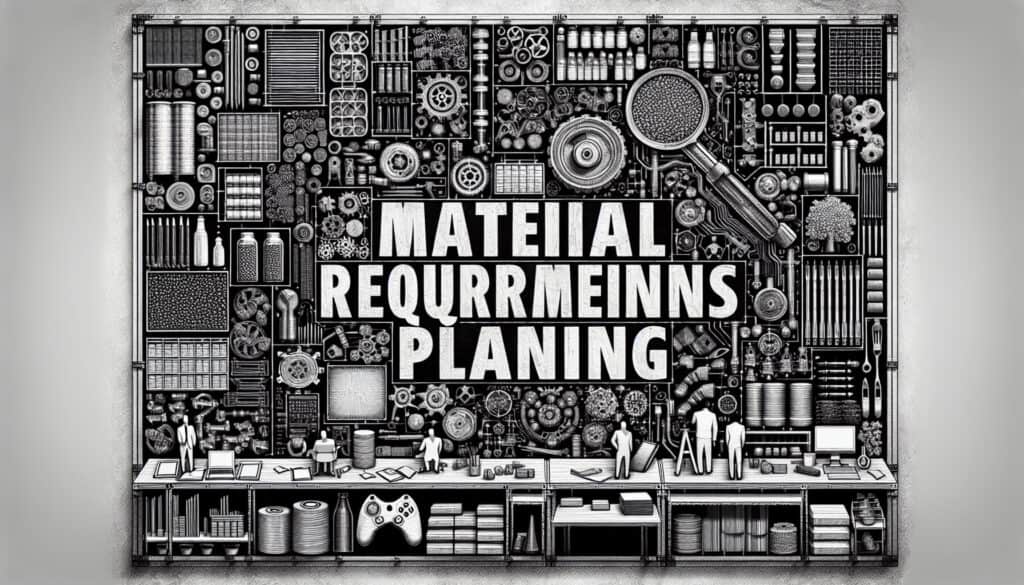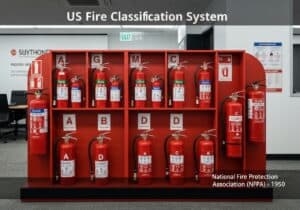计划并控制原材料和部件的库存。
- 方法: 客户与营销, 产品设计, 质量
物料需求计划(MRP)

物料需求计划(MRP)
- 企业资源规划(ERP), 准时制(JIT), 精益制造, 材料科学, 工艺优化, 生产效率, 质量管理, 供应链
目标
如何使用
- 用于管理生产流程的生产计划、调度和库存控制系统。它可确保生产所需的材料和交付给客户的产品到位。
优点
- 有助于确保在需要时提供材料;可以降低库存水平和账面成本。
缺点
- 实施和维护复杂;MRP 的准确性取决于物料清单和库存记录的准确性。
类别
- 精益西格玛, 制造业
最适合:
- 规划和控制制造企业的原材料和零部件库存。
物料需求计划(MRP)广泛应用于各行各业,包括汽车、航空航天、电子和消费品行业,在这些行业中,原材料和生产计划的协调至关重要。这种方法尤其适用于产品开发的制造阶段,是库存管理和生产计划之间的桥梁。参与者通常包括生产经理、库存控制员和采购专家,他们相互协作,确保根据生产计划提前采购必要的材料。采用 MRP 的项目通常使用企业资源规划(ERP)系统,该系统集成了 MRP 功能,以提高数据可见性并促进实时决策。MRP 的一个主要特点是能够根据需求预测和销售订单调整材料计划,使企业能够对波动的市场条件做出动态响应。通过实施 MRP,企业可以实现精益库存实践,最大限度地减少多余库存,同时确保与生产时间表保持一致,从而大幅缩短生产流程的交付周期。这种方法还支持 ABC 库存分类等各种分析,有助于根据不同物品的价值和周转率确定库存管理工作的优先次序。
该方法的关键步骤
- 制定主生产计划,概述生产目标和时间表。
- 确定每种产品的材料清单,详细说明所需的原材料和组件。
- 根据交货时间和生产计划确定每种材料的库存量。
- 根据主生产计划和物料清单计算物料需求。
- 根据计算出的需求,发布原材料和部件的采购订单。
- 持续监控库存水平,并根据需求变化调整订单。
- 根据主生产计划评估生产绩效,并在必要时进行调整。
专业提示
- 利用先进的统计方法或机器学习算法等需求预测技术,提高物料计划的准确性,减少多余库存。
- 实施动态安全库存计算,根据需求和交货时间的变化进行调整,优化库存水平以满足不断变化的生产需求。
- 将 MRP 系统与 ERP 和 SCM 等其他企业解决方案集成,以促进实时数据共享,提高整个供应链的可见性。
历史背景
1950
1950
1956
1960
1960
1960
1960
1950
1950
1950
1958
1960
1960
1960
1960
(如果日期不详或不相关,例如 "流体力学",则对其显著出现的时间作了四舍五入的估计)。















相关文章
大规模定制
营销漏斗
营销审计
MAPO 指数(医院病人的移动和援助)
制造资源计划(MRP II)
制造运营管理(MOM)